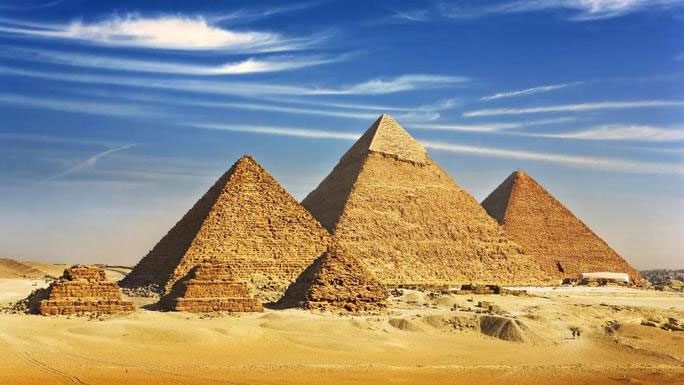The Wonders of Giza: New Research Reveals Ancient Construction Techniques
The stones used to build the pyramids have long been identified as originating from hundreds of miles away along the Nile River. However, the methods by which the ancients transported these stones, as well as other construction materials, have remained a mystery.
According to Science Alert, new research indicates that numerous boats navigated the Giza area, making transportation straightforward and uncomplicated, thanks to the presence of a “ghost river” system.

The Pyramids of Menkaure, Khafre, and Khufu from the Giza Plateau – (Photo: LIVE SCIENCE).
A research team led by geophysicist Hader Sheisha from Aix-Marseille University in France examined fossilized pollen grains from sediment cores taken around the Giza pyramids.
This intriguing plant evidence may help reconstruct the climate of the area when Giza was built, as well as the landscape of vegetation.
The findings reveal a landscape vastly different from the vast desert that Giza and its surrounding pyramids dominate today. This ancient pollen originated from marsh-like grasses that grew near the edges of water bodies.
This suggests that the ancient Khufu branch of the Nile River flowed through the Giza area, which scientists have long suspected was once quite expansive around 8,000 years ago. By the time of Giza’s construction, the branch was still large enough to sustain a lush river plain with vibrant vegetation and a navigable waterway for transporting the materials used to build the pyramids.
After the reign of Pharaoh Tutankhamun (circa 1349-1338 BCE), the Khufu branch rapidly declined until it reached its lowest point by the end of the dynasty.
This aligns with what mummified remains from ancient Egypt before and after that period indicate. Those who lived around the time when the Khufu branch began to diminish appear to have existed in a much drier environment.
The study has been published in the scientific journal PNAS.


















































